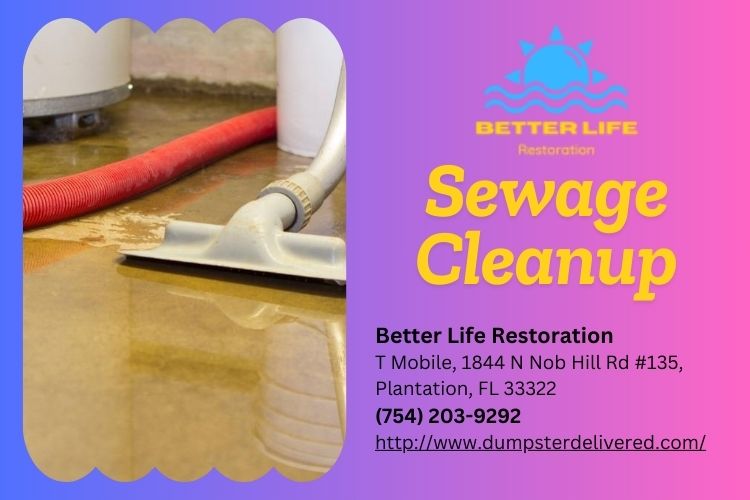Water damage can be one of the most devastating events a homeowner or business owner can experience. It often occurs unexpectedly, wreaking havoc on properties and leading to costly repairs. Understanding the water damage restoration process is essential for anyone who wants to recover from such a disaster effectively.
This comprehensive guide will delve into the various stages of water damage restoration, helping you navigate through this challenging time. We will explore everything from initial assessment to final repairs, providing insights that can assist you in recovery.
Understanding Water Damage Restoration
Water damage restoration refers to the process of cleaning up and repairing a property that has been affected by water intrusion. This might include flooding due to storms, burst pipes, or even minor leaks that have gone unnoticed over time.
What Causes Water Damage?
There are numerous causes of water damage, including:
- Natural Disasters: Heavy rains, hurricanes, and floods. Plumbing Issues: Burst pipes, sewage backups, or leaking appliances. Roof Problems: Damaged shingles or gutters allowing water intrusion. Poor Drainage: Improperly installed drainage systems leading to pooling water.
The Importance of Immediate Action
Time is crucial when it comes to water damage restoration. The longer you wait, the more extensive the damage becomes. Mold growth can begin within 24 hours after water exposure. Therefore, immediate action is essential for minimizing losses.
The Step-by-Step Process of Water Damage Restoration
1. Emergency Contact and Assessment
Initial Call
When facing a water emergency, your first step should be contacting a local service provider specializing in emergency water damage restoration. Always look for “ water damage restoration nearby” options if you're unsure where to start.
Assessment by Professionals
After contacting a service provider like Better Life Restoration, they will send a team to assess the situation quickly. This initial evaluation includes:


- Identifying the source of water Evaluating the extent of water intrusion Determining the type of water involved (clean, gray, or black)
2. Water Removal
Using Specialized Equipment
Once the assessment is complete, professionals will begin with water extraction using powerful pumps and vacuums designed for restoring properties after disasters.
Importance of Thorough Removal
It's critical to remove all standing water promptly; otherwise, it can lead to structural damage and mold growth.
3. Drying and Dehumidification
Drying Techniques
After removing excess water, drying out affected areas is crucial. This may involve:
- Air movers Dehumidifiers Fans
Monitoring Moisture Levels
Professionals will monitor moisture levels throughout this phase using specialized tools until everything reaches normal humidity levels.
4. Cleaning and Sanitizing
Restoration Cleaning
Following drying, thorough cleaning and sanitization occur to eliminate any contaminants present in floodwaters or stagnant moisture.
Specialized Treatments
Utilizing disinfectants ensures that harmful bacteria and pathogens are eradicated from surfaces before further restoration work takes place.
5. Restoration and Repairs
Reconstruction Efforts
The final stage involves restoring your property back to its pre-damage condition:
- Replacing drywall Repairing flooring Painting walls
Each aspect is tailored according to specific requirements based on previous evaluations.
Preventative Measures Post-Restoration
1. Regular Maintenance Checks
Conduct routine inspections on plumbing systems and appliances prone to leaks as part of your maintenance plan.
2. Installation of Sump Pumps
Consider installing sump pumps in basements or low areas prone to flooding as a proactive measure against potential future incidents.
FAQs About Water Damage Restoration
1. What should I do immediately after discovering water damage?
First and foremost, turn off electricity in affected areas if safe to do so and contact a local professional for help.
2. Can I clean up minor leaks myself?
While some minor issues can be handled independently with care taken not to expose yourself unnecessarily; significant problems typically require professional intervention for safety reasons.
3. How long does the entire restoration process take?
The duration varies based on severity but generally ranges from several days to weeks depending on factors such as size & complexity involved in recovery efforts.
4. Is my homeowner's insurance likely covering these damages?
Most standard policies cover sudden accidental damages caused by external sources; however reviewing policy details with an agent is recommended for clarity regarding coverage limits & exclusions related specifically towards flood events etc., which may require separate policies altogether!
5. What types of equipment do professionals use during restorations?
Professionals utilize industry-grade equipment like submersible pumps & dehumidifiers designed specifically for large-scale removal efforts alongside thermal imaging cameras used evaluating hidden moisture pockets behind walls/floors etc..
6. How do I know if there’s still hidden moisture after drying?
Professional services conduct thorough assessments using specialized tools measuring humidity levels ensuring no residual dampness remains before proceeding further into restoring physical structures damaged during floods/water intrusions etc., providing peace-of-mind throughout overall recovery processes!
Conclusion
In conclusion, understanding the step-by-step process of water damage restoration equips homeowners with valuable knowledge that Water damage restoration service can significantly ease their recovery journey during trying times following unexpected disasters like floods or plumbing failures! By taking rapid action coupled with engaging trusted local service providers such as Better Life Restoration located at T Mobile (1844 N Nob Hill Rd #135) Plantation FL – remember they are just one call away at (754) 203-9292 when necessary!
Every step counts—from assessment through repair—ensuring not only physical aspects are restored but also emotional comfort restored knowing everything has been properly addressed towards optimal living conditions once again!